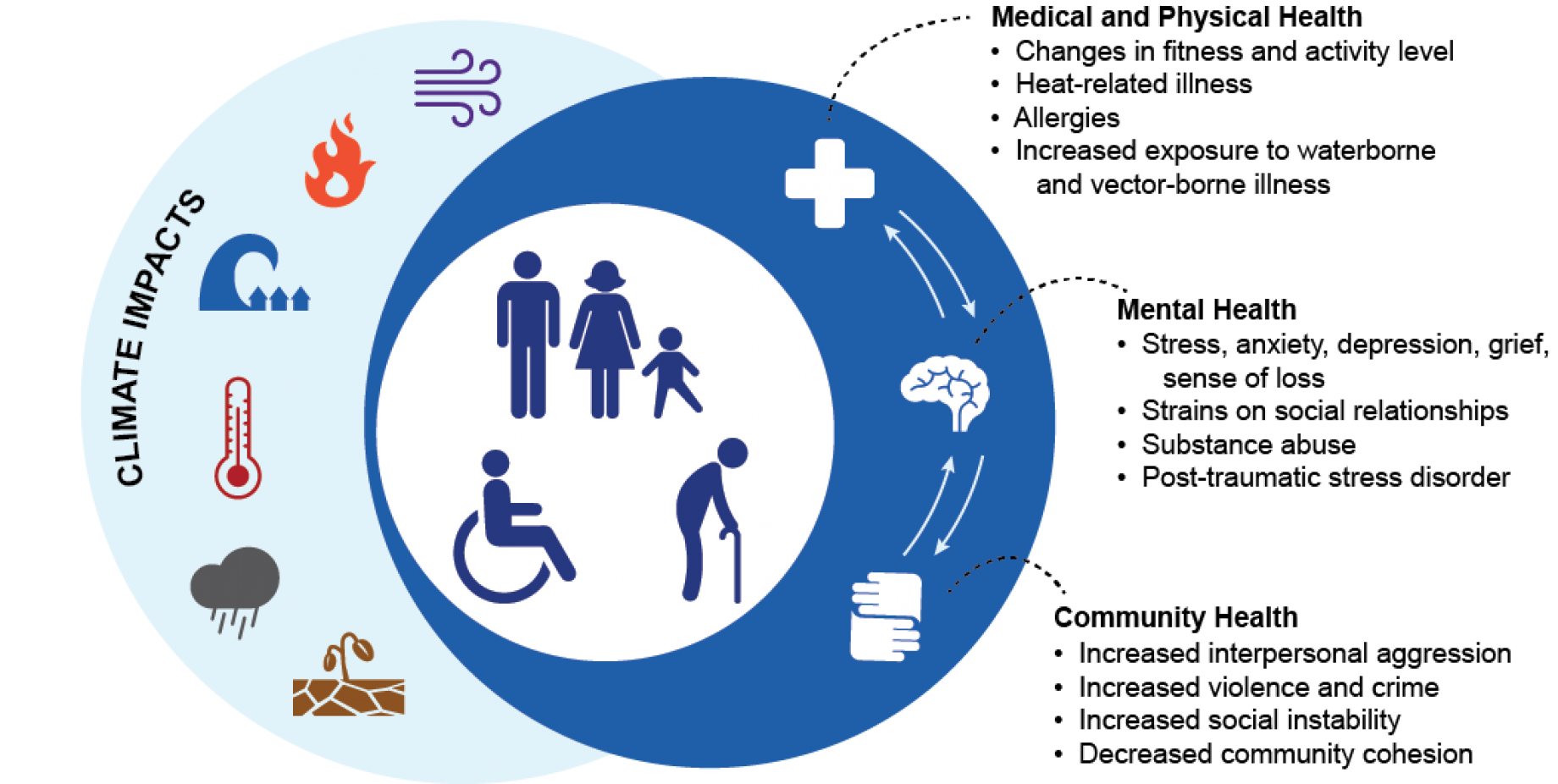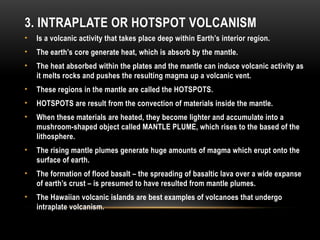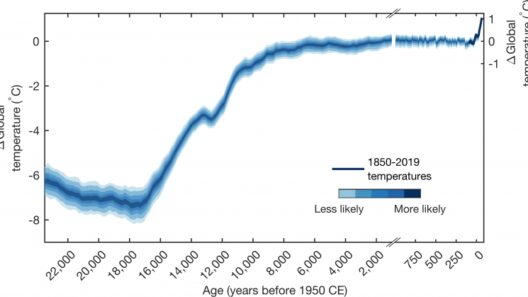As global temperatures continue to rise, one pressing question emerges: how does increased heat affect our health and well-being? The plight of heat-induced ailments is more than just discomfort; it is an escalating public health challenge that warrants serious consideration. In this discourse, we delve into the multifaceted impacts of climate change on human health, examining not only the direct consequences of rising temperatures but also the indirect effects precipitated by environmental shifts.
Firstly, we must recognize the physiological ramifications of extreme heat. Prolonged exposure to high temperatures can lead to a myriad of health issues, most notably heat exhaustion and heatstroke. The body relies on mechanisms like sweating to regulate temperature. However, when temperatures soar beyond a certain threshold, these mechanisms become overwhelmed. Symptoms of heat-related illnesses can range from dizziness and weakness to confusion and unconsciousness. Vulnerable populations, including the elderly and those with pre-existing health conditions, are particularly susceptible. Therefore, one could pose the playful question: how well do you know your body’s limits in the sweltering heat?
Moreover, the impact of heat extends beyond individual health. It prompts a broader inquiry into public health systems and the infrastructure designed to combat heatwaves. Cities, often termed “heat islands,” experience intensified temperatures due to human activities and urbanization. This phenomenon raises the undeniable challenge of urban planning; as cities expand, how can planners incorporate green spaces and reflective materials to mitigate heat absorption? The answer lies in innovative design and community involvement, ensuring environments conducive to health amidst relentless warming.
Another critical dimension of heat and health involves mental well-being. Research has shown that higher temperatures can exacerbate anxiety, depression, and other mental health conditions. The very fabric of community life can fray under the relentless sun. When people are confined indoors due to extreme heat or are simply unable to engage in outdoor activities, social isolation can ensue. Thus, the amelioration of mental health in the face of climate-induced stressors is paramount. Community programs aimed at fostering connections and providing mental health resources during heatwaves could serve as effective interventions. What challenges might arise in establishing these initiatives, and how can they be overcome?
Heat-related health risks are not solely confined to physical and mental ailments. Cardiovascular diseases often see an uptick during summer months. Increased temperatures can strain the heart, prompting higher mortality rates among those with heart conditions. Electrolyte imbalances caused by dehydration further exacerbate these problems, highlighting the intricate interplay between heat exposure and cardiovascular health. This phenomenon challenges medical professionals to rethink conventional prevention strategies, necessitating a more proactive approach toward public education on hydration and health management during warmer months.
Food security is yet another area where global warming’s impact is felt. Higher temperatures can disrupt agricultural productivity, leading to decreased crop yields and increased food prices. Heat stress on crops makes them more susceptible to diseases and pests, further complicating efforts to ensure food availability. For the economically disadvantaged, the resulting food insecurity exacerbates pre-existing health disparities. In this light, one must consider: how can we create resilient food systems that withstand the ravages of climate change, ensuring equitable access to nutritious sustenance for all?
Additionally, vector-borne diseases deserve attention in the context of climate-induced heat. Warmer temperatures can expand the habitats of mosquitoes and ticks, leading to an increase in diseases such as West Nile virus, Zika virus, and Lyme disease. As these vectors move into new territories, populations previously unexposed may face outbreaks, straining healthcare systems. Engaging in preventative strategies, such as public awareness campaigns and research on climate-associated health risks, is crucial for mitigating these challenges.
Aside from immediate health effects, it’s imperative to acknowledge the long-term implications of heat on mental and physical well-being. Chronic exposure to high temperatures may result in increased rates of mortality and morbidity, thus influencing life expectancy. Additionally, the compounding stressors related to climate change—such as natural disasters and displacement—further stress individual and collective resilience. This prompts a critical examination of the need for robust policies that prioritize climate adaptation and resilience, ensuring that communities are well-equipped to tackle the challenges ahead.
Finally, as the climate crisis continues to unfold, individual actions become increasingly vital. Communities must mobilize to advocate for sustainable practices and policies, prioritizing renewable energy sources, conservation efforts, and green infrastructure. Each person’s involvement in combating climate change is not merely an act of goodwill; it is an essential element in safeguarding public health against the perils of heat. Collective action fosters a sense of agency and empowers communities to push for meaningful change.
In conclusion, the interplay between heat and health is complex and multilayered, posing significant challenges that demand holistic, interdisciplinary approaches. The impacts of climate change necessitate urgent attention and action as they infiltrate our physical, mental, and communal well-being. Addressing these challenges calls for collaboration across sectors, guided by a commitment to transformative change. Will we rise to the occasion, challenge the status quo, and forge a healthier, more resilient future for all? The time to act is now.








